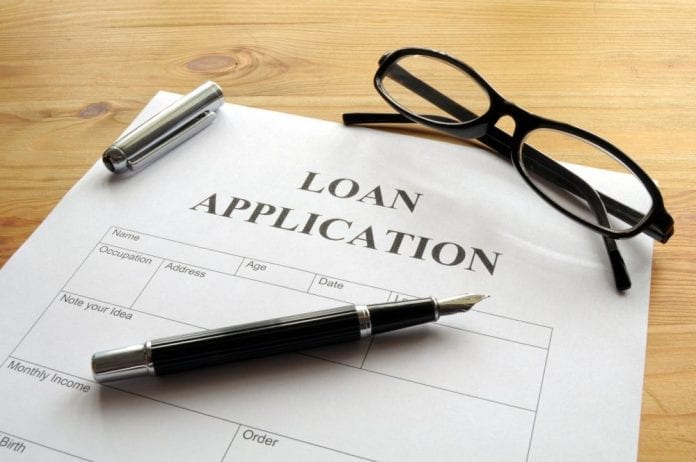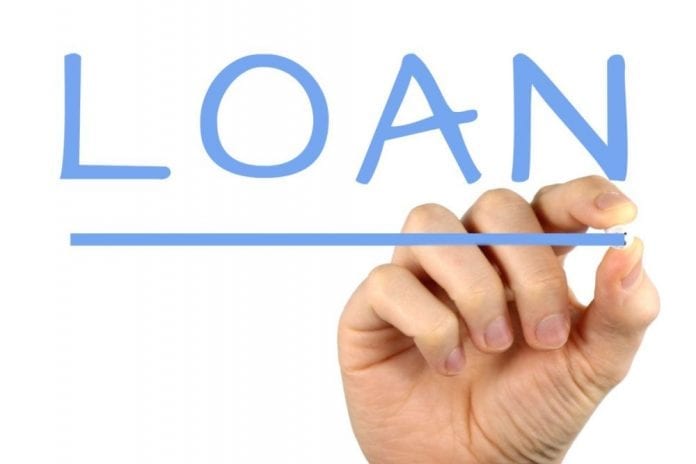If you are thinking about buying your first property, you may come across some terms that leave your head spinning a little. Many terms are used in passing when talking about home loans, with the author assuming the reader has prior knowledge of them. We’ve broken down some of the most common terminology used to help you better understand the loan application landscape.
Application fee/Upfront fee: You may be charged an upfront fee by the lender when you apply for a home loan. This is called an application or upfront fee, and is payment for assessing your application.
Comparison rate: This combines the interest rate with common fees such as ongoing fees and the application/upfront fee. In Australia, for example, all home loan lenders are legally required to display a comparison rate alongside the headline rate. It’s designed to make it simpler for potential borrowers to identify the actual cost of and compare different home loans on offer. To the prospective buyer there are a number of sites to choose from, from Australia, UK and the US, most of which allow you to select the variables you require and assess different lenders that meet your requirements.
Deposit/Down payment: This refers to the sum of money for your home you pay upfront, to secure the property. It can be as low as 5% of the property price.

Equity: Equity refers to the amount between the amount owed on the home loan and the market value of the property. This is the amount of the property’s value the home owner owns. You may be able to draw upon this equity for things such as renovation, if you take out a home loan with flexibility.
Fixed-rate mortgage: Fixed-rate mortgages have an interest rate and payment that remain the same for the term of your loan. These can be a good option for those who wish to have a consistent repayment. They are generally less flexible than loans with a variable interest rate, and you may be charged a high break cost fee if you switch home loans or pay off your loan before scheduled. If the current market interest rate drop below your fixed rate, it’s important to get in touch with your mortgage expert to discuss the possibilities and benefits of refinancing.
Interest-only loan: These loans are for a short, agreed period of time (usually between 5 and 7 years). While a standard home loan means you pay the principal (amount owing) and the interest you are charged by the lender, an interest-only loan means you only pay the interest on the loan for a period of time. Interest-only loans can be positive for first home buyers, as they allow the buyers to push larger payments to the future, when they expect to have a greater income. Once the term is completed, many people make a lump sum payment or refinance their homes. Some interest-only mortgages are flexible and will also allow you to pay as much principle as you choose during this time. It is important to remember that with interest-only loans, by not paying off the principle, you will end up paying more interest over the entire duration of the loan.

Interest rate: The percentage charged by your lender for loaning the money to you.
Lender’s mortgage insurance / Private mortgage insurance (LMI/PMI): If your deposit is less than 20%, most lenders will require you to pay for lender’s mortgage insurance. This is an insurance policy that covers the lender against financial loss if the borrower is unable to afford their home loan repayments. Lender’s mortgage insurance can either be added to your loan amount or paid upfront. The cost you will be required to pay depends upon your loan amount and deposit.
Principal: Principle refers to the balance owed on a loan (not including interest).
Variable interest rate: A variable interest rate refers to an interest rate that changes over time. This fluctuation is due to the rate being based on the economy. If interest rates go down, someone with a variable interest rate pays less, but by the same token, if they go up, the person will be required to pay more.
Now, to be completely sure that you have understood everything we have mentioned here in this post, try out and think under what circumstances and what rates would be if you would choose to get $5,000 loan: personal, business and bad credit calculations should be done.









